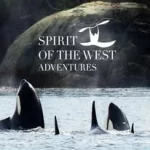May 7th, 2025
By Josh Silberg
To say sea otters are charismatic would be an understatement. These large ocean-going members of the weasel family star in viral YouTube videos, often dunking a basketball, holding hands, or munching on a clam.
SEA OTTERS HAVE THE DENSEST FUR IN THE ANIMAL KINGDOM
In the 18th century, sea otters were famous for another reason: they have the thickest, softest fur in the animal kingdom. In one square centimetre, sea otters can have up to 150,000 individual hairs. Most humans don’t have that many hairs on their whole body! Unlike other marine mammals like whales and seals, sea otters don’t have blubber, so that thick fur is critical for survival in the cold seas. The lush fur of sea otters was extremely high value for fur traders, leading to their near extinction from overhunting. By the late 1800s, there were no sea otters left in British Columbia.
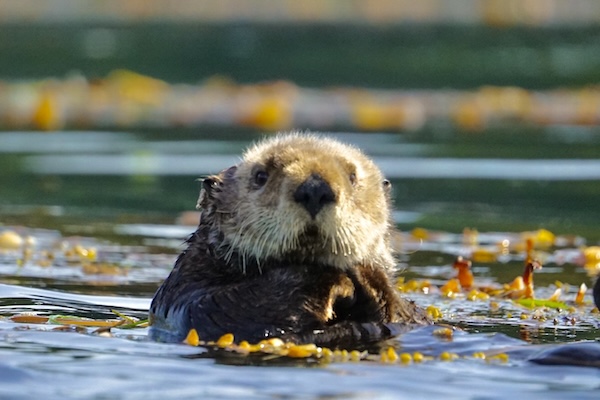

SEA OTTERS HELP MANAGE URCHIN NUMBERS
Sea otters are integral to the coastal ecosystem as a major predator of sea urchins, which are those spiky underwater lawn mowers that graze on kelp and other algae. Without sea otters around to keep numbers in check, urchins munch through kelp faster than it regrows. Once rich kelp forests began to disappear, they were replaced by a relative desert appropriately called an urchin barren. It was as if the underwater forests had been chopped down.
These desolate conditions remained until 89 sea otters were reintroduced to Kyuquot Sound on the west coast of Vancouver Island between 1969 and 1972. The sea otters originated in the Aleutian Islands of Alaska, where the US was conducting nuclear tests, and needed a place to relocate local wildlife. It should also be noted that the local Ka:’yu:’k’t’h’/Che:k’tles7et’h’ Nation were not consulted before sea otters were released there.
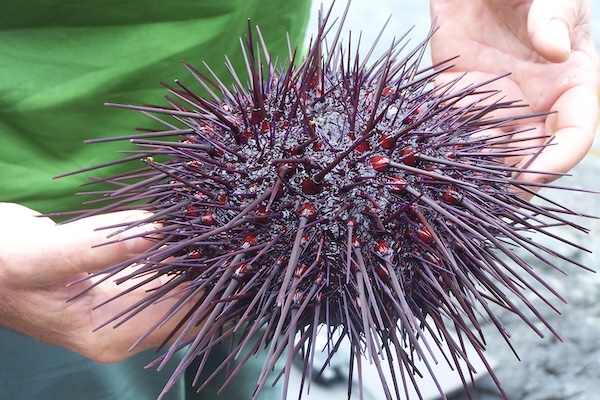
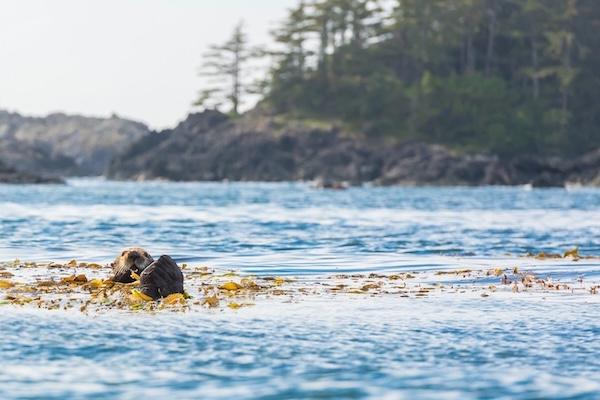
SEA OTTERS MAKE A COMEBACK TO BRITISH COLUMBIA
Since the 1970s, sea otter populations in British Columbia have increased to over 4,000 individuals. Their range now includes the west coast of Vancouver Island north of Barkley Sound and around the northern tip of the Island. Another population of sea otters was found on the central coast of BC, which was likely an offshoot of the original reintroduced otters. There are now another 1,000 sea otters that swim on the BC central coast from Calvert Island north to Aristazabal Island.
RIVER OTTERS—A CLOSE COUSIN
You might also see the sea otter’s close weasel cousin, the river otter. Confusingly, river otters swim in the ocean too. There are a few key ways to tell them apart. River otters are small in comparison, and are only one-third the size and weight of a sea otter. If you think of a sea otter like a large German shepherd, the river otter is more like a beagle. River otters most often swim on their stomachs, while sea otters swim on their backs. River otters can commonly be seen scampering on shore, and sea otters very rarely venture onto the rocks.
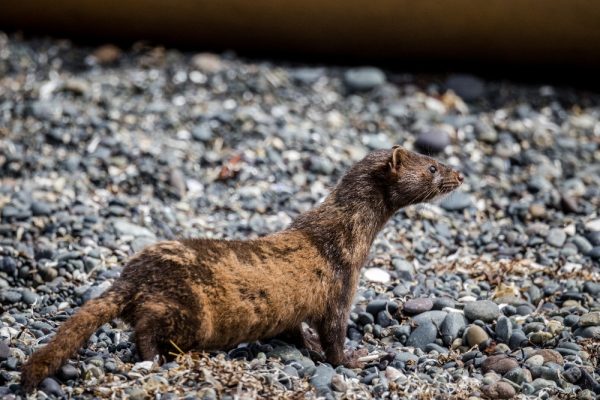
SEA OTTERS HAVE A MEAN APPETITE
Another thing sea otters are known for is their prolific appetite; they eat about a quarter of their body weight every day. Could you imagine eating 40 pounds of food every single day? Urchins are a preferred treat for many sea otters, but that’s not all that’s on the menu. Sea otters are also fond of clams, crabs, sea cucumbers, abalone, snails, and mussels.
If you’re lucky enough to spot sea otters, take your time to see if they are diving down to feed. Sea otters are one of the only marine mammals that use tools. When they return to the surface with food, sea otters sometimes use rocks as a tool to break open tough shells. They can store their favourite rock, not to mention extra food, in special pouches under their arms!
Keep your eyes peeled for sea otters, especially when you’re paddling on the outer coast. Join one of our trips to see them in their natural habitat.


